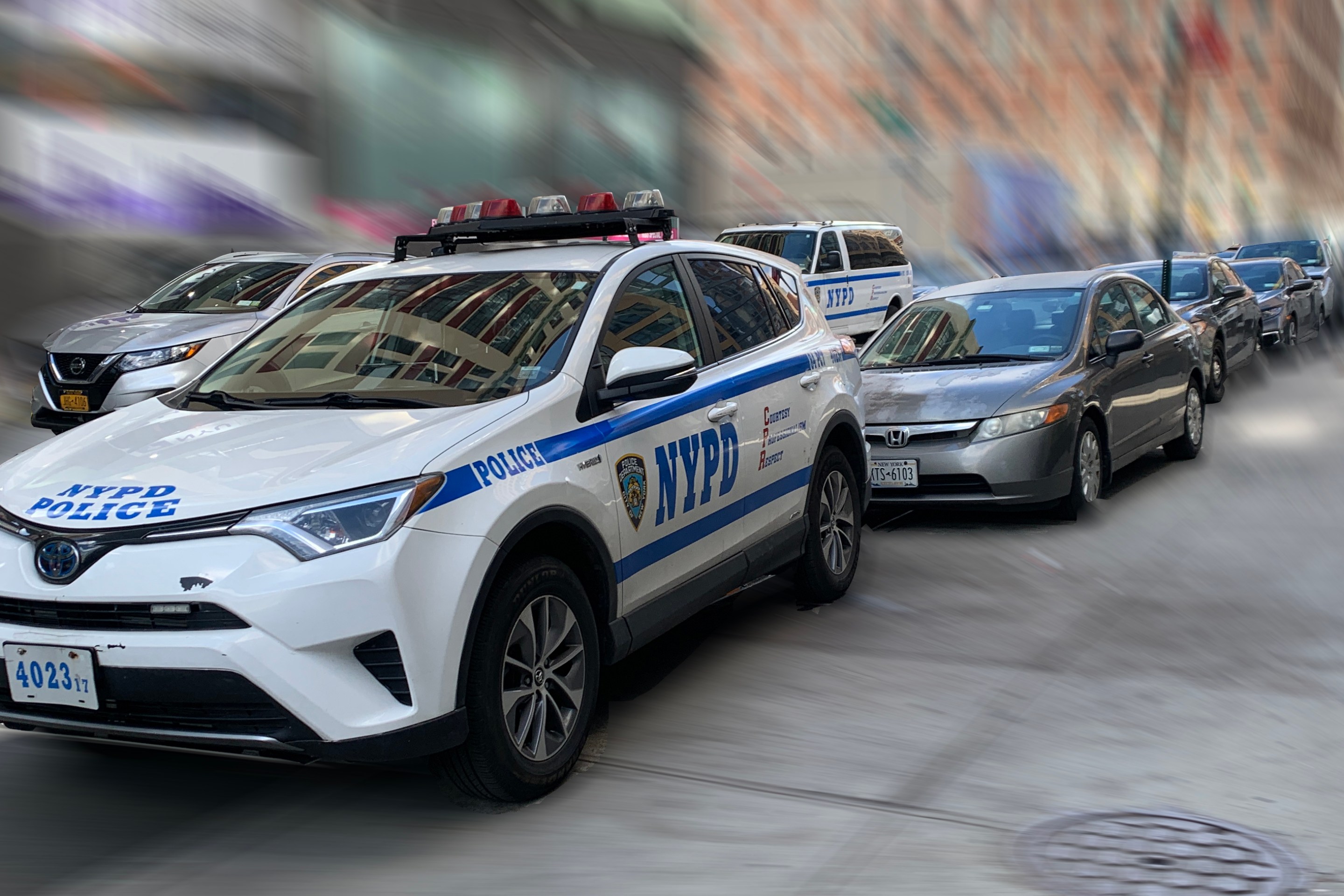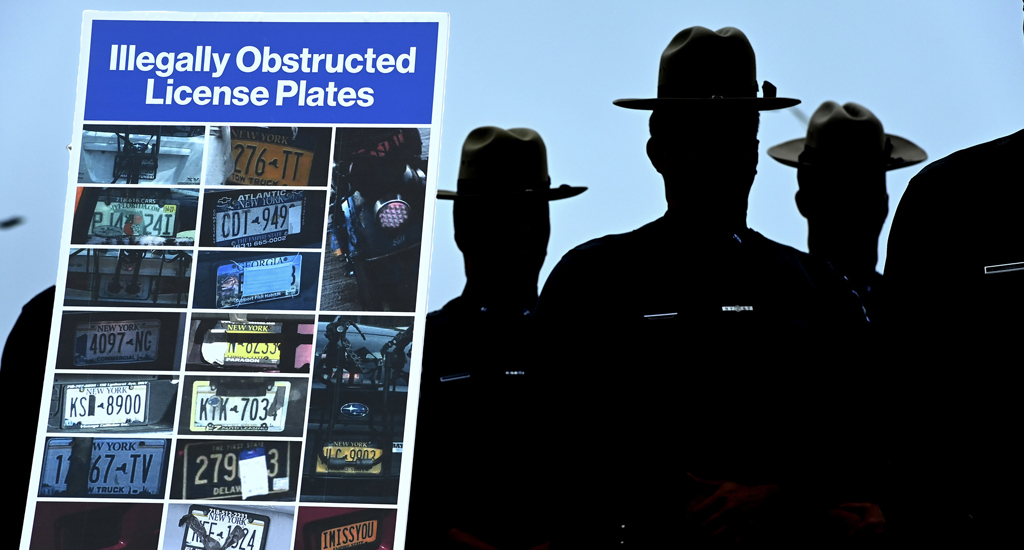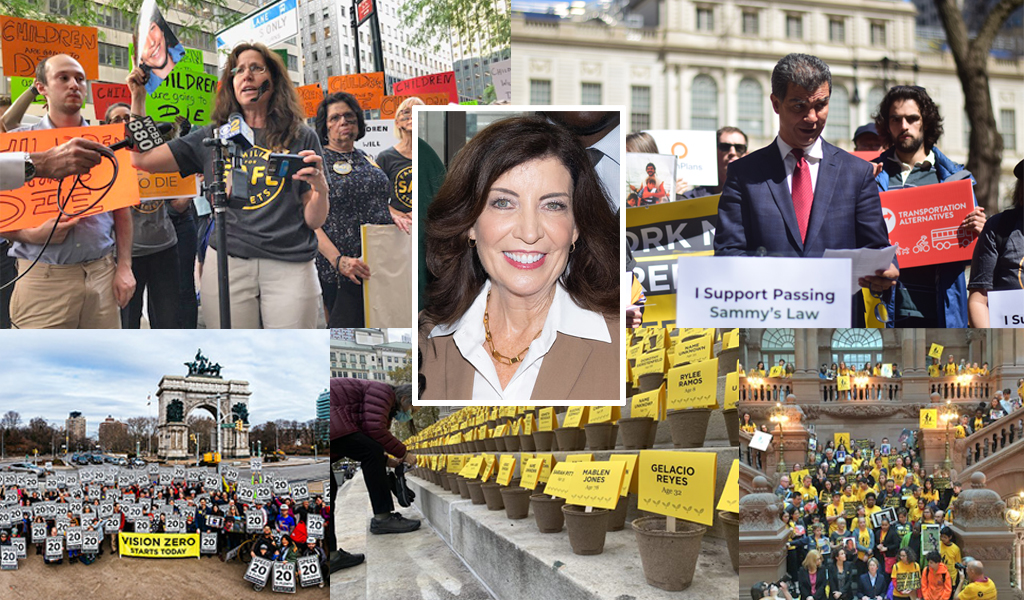Stuck in the Middle: When Transit-Dependent Communities Lack Good Transit
1:17 PM EST on January 6, 2015

New Yorkers who live close to the center of town are mostly affluent and have great transit options connecting them to a wealth of job opportunities. On the edges of town, people are not quite as well-off, and most can get to work by driving their own cars. In between are the least affluent neighborhoods, where New Yorkers rely on transit but the number of jobs accessible by train or bus is much smaller than in the city core.
A new report from New York University's Rudin Center for Transportation [PDF] identifies this middle band of neighborhoods as the area where transit improvements can do the most to connect more people to more jobs.
The study ranked the city's 177 zip codes by the number of jobs accessible by a transit trip lasting 60 minutes or less at 9 a.m. on a weekday. Grouping the neighborhoods into three tiers of transit access, the authors then at income and commute data for each tier.
The top third of transit-accessible neighborhoods have high incomes, and 79 percent of commuters travel by foot or transit. Not surprisingly, the highest-ranked neighborhoods are in or near major employment centers in Manhattan. In the top 59 neighborhoods, the unemployment rate is 8.3 percent and average household income is $108,209.
Things look different in the city's least transit-accessible neighborhoods, where 53 percent of residents drive to work. These areas, mostly beyond the reach of the subway, include neighborhoods as diverse as the low-income southern reaches of East New York and the wealthy south shore of Staten Island. Combining this mix of demographics, the unemployment rate in these neighborhoods averages 9.7 percent and the average household income is $61,381.
Then there's the middle third of neighborhoods, where people are heavily dependent on transit but access to jobs via train or bus is mediocre. In this band of New York, 67 percent of workers commute by transit, the unemployment rate, at 11.7 percent, is higher than the rest of the city, and average income is lower, at $46,773.
It's exactly these commuters, who live just beyond the reach of convenient transit but lack the resources to own a private car, who could benefit most from improvements to the city's transit network.
The Rudin Center report echoes research from the Pratt Center for Community Development, which found that more than 758,000 city residents, concentrated in the outer boroughs, commute at least an hour each way to work. Two-thirds of those workers live in households earning less than $35,000 a year.
Among its recommendations, the Rudin Center suggests expanding the weekend CityTicket program to include off-peak weekday service on Metro-North and Long Island Rail Road. This would lower fares for many outer-borough commuters and could be the first step to integrating commuter rail with the rest of the transit network.
The report also champions "smart shuttles" that offer flexible service based on demand concentrated in specific neighborhoods, as well as informal private transit like dollar vans and senior shuttles.
For larger-scale transportation fixes in transit-starved parts of the city, the report focuses on Bus Rapid Transit, which it calls "essential" to expanding transit options. Dedicated lanes, proof-of-payment, and traffic signal priority are needed most urgently on Woodhaven Boulevard and Flatlands Avenue, the report says, pointing to the Pratt Center's work identifying eight routes for BRT in the outer boroughs.
Transit advocates cited the Rudin Center findings to make the case for major expansion of Bus Rapid Transit.
"Bus Rapid Transit is a social justice issue for New York City," said Riders Alliance Executive Director John Raskin, "...especially in neighborhoods that are not on subway lines and where people have to commute the farthest to get to work."
"Too many New Yorkers live in transit-starved areas with minimal access to public transportation, and as a result, face significant job inequity," said the BRT for NYC coalition, a group of labor unions, advocates, and business associations supporting Bus Rapid Transit. "More city and state funds supporting the MTA’s five year capital plan will ensure projects like BRT improve access to jobs and housing for millions of NYC residents."
The coalition has already lined up a united front of support for BRT from council members along Woodhaven and Cross Bay Boulevards. Yesterday, Assembly Member Nily Rozic penned a piece in the Daily News with Asian Americans for Equality Executive Director Christopher Kui backing BRT in eastern Queens, including between Flushing and Jamaica.
By the end of Mayor de Blasio's first term, the administration has committed to launching 13 new Select Bus Service routes (the brand for enhanced bus routes in NYC -- most of which don't quite meet the threshold to be considered true BRT). While NYC DOT has shown solid concepts for SBS on Woodhaven and planning is underway for a route connecting Jamaica to Flushing, the administration cut the ribbon on just one SBS route, the M60, during its first year.
Stay in touch
Sign up for our free newsletter
More from Streetsblog New York City
Tuesday’s Headlines: Valley of Political Death Edition
Did you see the new poll showing congestion pricing is really unpopular? Ignore it! Good times are coming. Plus other news in today's headlines.
Open Streets Groups Warn of Extra Red Tape to Run Events
Two weeks notice for hopscotch or a yoga class?
Monday’s Headlines: A Federal Case over Parking Edition
We're flicking our bicycle bell over a big scoop last week that no one picked up on...yet. Plus other news.
Hochul, Legislators Reach Toll Evasion Crackdown Deal
Higher fines for covering a plate and for not paying tolls are part of the budget deal inked on Saturday.
Behind the Scenes: How Gov. Hochul Got ‘Sammy’s Law’ Over the Finish Line
Opponents didn't want to put their name on a no vote for the life-saving measure.




